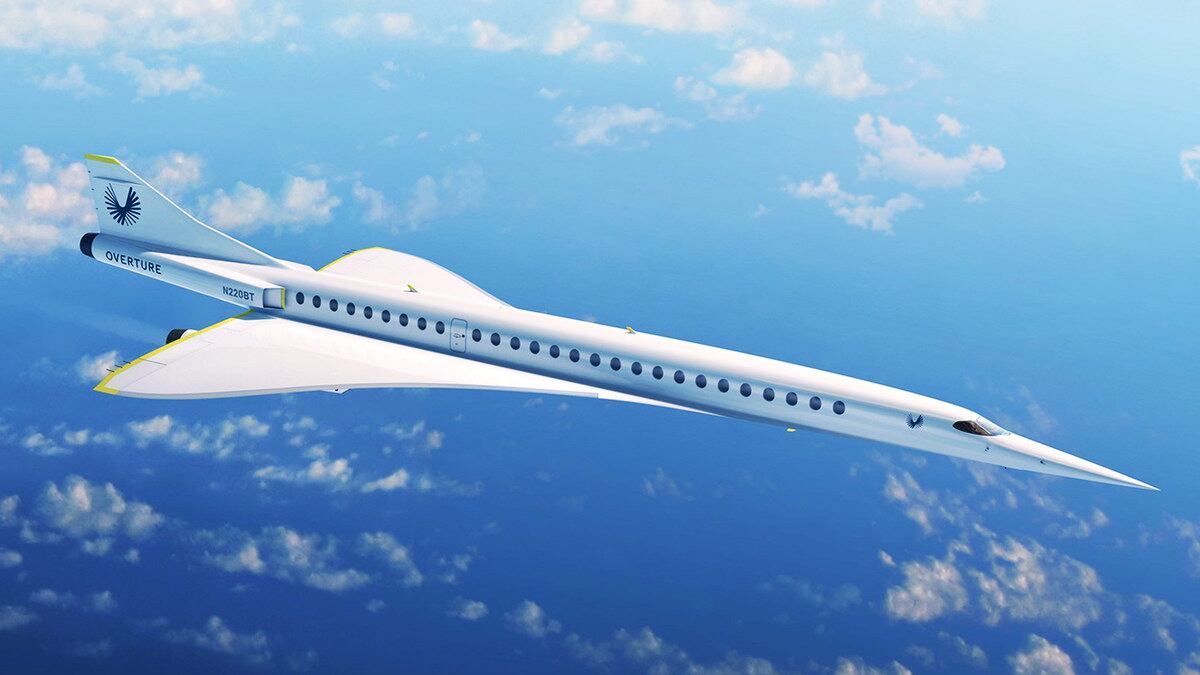Late on Oct. 14, 1947, Capt. Charles E. Yeager, of the United States Air Corps, filed a report, headed SECRET, on a test flight he had just completed from Muroc Dry Lake in California, otherwise known as Edwards Air Force Base.
In the fourth paragraph, in his usual laconic style, Yeager wrote: “Acceleration was rapid and speed increased to .98 Mach. The needle of the machmeter fluctuated at this reading momentarily, then passed off the scale.”
The instrument in his XS-1 rocket ship hadn’t been calibrated to keep up with where Yeager had gone—for about 20.5 seconds he had passed through Mach 1, the speed of sound, and reached Mach 1.06, the first man to reach supersonic speed.
“I was kind of disappointed,” Yeager recalled later, “that it wasn’t more of a big charge than it was.”

These days, as we mourn the passing of Yeager at the age of 97, there are a lot of people ready to pay big bucks to go where Yeager went, in somewhat plusher seating and for a lot longer than 20.5 seconds. They want to get there faster, a lot faster—there being another continent. But they can’t.
There is no commercial airplane, or corporate jet, flying faster than sound. The last one, the only supersonic passenger jet to regularly fly the Atlantic, was the Anglo-French Concorde.
Concorde’s exit in 2003 was only partly due to a crash in Paris in 2000 that killed 113 people. Two other problems killed it off: It never made money and it was a gas-guzzling polluter that could never be compliant with new environmental standards.
Here is a case, rare in our times, of voluntary technological regression. The airline business pulled back from a great leap forward in human movement.
But the lust to restore that advantage has never gone away.
Going faster is one of those bragging rights that creates its own elite, as it did during the 27-year life of the Concorde, able to cross the pond in only three and a half hours.
Of course, it may seem bizarre at the depths of a pandemic that has decimated international air travel that anyone is pushing ahead with a Concorde successor—but they are.
One very tangible sign of this is taking shape inside a small plant at Centennial Airport in Denver, Colorado. It looks like a mini version of Concorde—a needle-nosed single-seat experimental jet named the XB-1, due to take to the air next year.
Its creator, Boom Supersonic, is building it to demonstrate the concept of a 75-seat supersonic airliner, the Overture, that it plans to have ready a decade from now.
Boom promises eye-watering cuts in the flying time between continents: Tokyo to Seattle in four and a half hours instead of eight and a half hours; Los Angeles to Sydney in eight hours and 30 minutes instead of 14 hours and 30 minutes. (You can be sure that the all-business class seat prices will be eye-watering, too.)
The Overture will be greener than Concorde, able to meet the same emissions standards required of subsonic airliners—but for one thing. It will still generate the same ballistic boom that rattled windows as Concorde flew over land (hence the macho company name of Boom).
Generating that boom is the inevitable result of going for a high speed. Overture will cruise at around Mach 2.2, or 1,600 mph (Concorde cruised at 1,300 mph).
That’s not the course taken by a second American shot at supersonic air travel, Aerion, a startup based in Reno, Nevada. They are building a supersonic corporate jet, the AS2, with a maximum seating of 12, and they are committed to delivering a jet that is far greener than the Overture—and can fly supersonically over land without generating a boom.
That means a tradeoff between speed and the toughest environmental standards. The AS2’s top speed will be Mach 1.4, just over 1,000 mph. Over land, to avoid the boom, it will have to slow down by about 200 mph, named by the company as “boomless supersonic cruise.”
Flying over the pond at the higher speed from JFK to London Heathrow would take four hours, saving about two hours on subsonic times, depending on the prevailing winds. Longer flights would require refueling stops. That means, for example, that it would take 13 hours and 45 minutes to fly between New York and Singapore, a saving of 4.15 hours.
At what point is the time saved worth the extra cost? The newest subsonic corporate jet, the Gulfstream G700, can fly nonstop from New York to Tokyo at 660 mph, in 13 hours, with great fuel economy.
But for sure the answer to that question won’t be decided by cold logic, or even the corporate bean-counters. If the boss’ pockets are bottomless and his ego demands the thrill of arriving in a hot ship, he will raise a glass to Chuck Yeager and say, to hell with the sound barrier.





